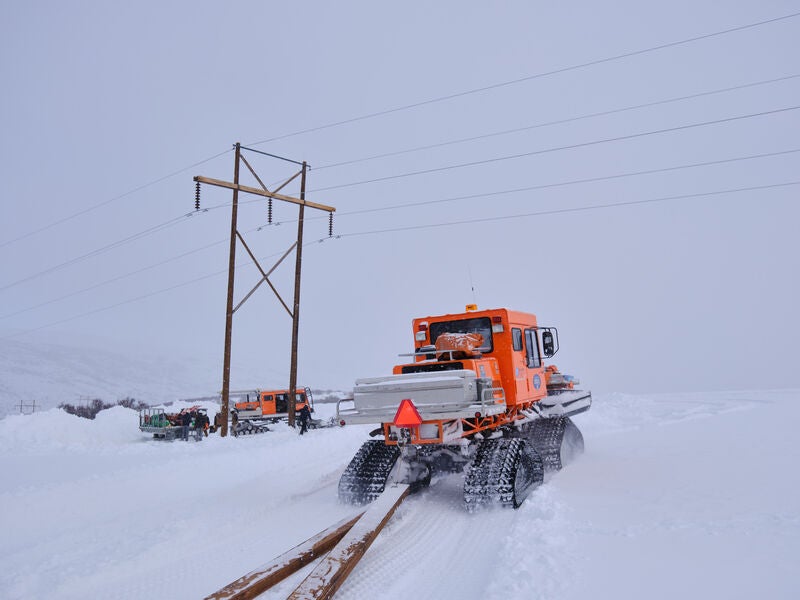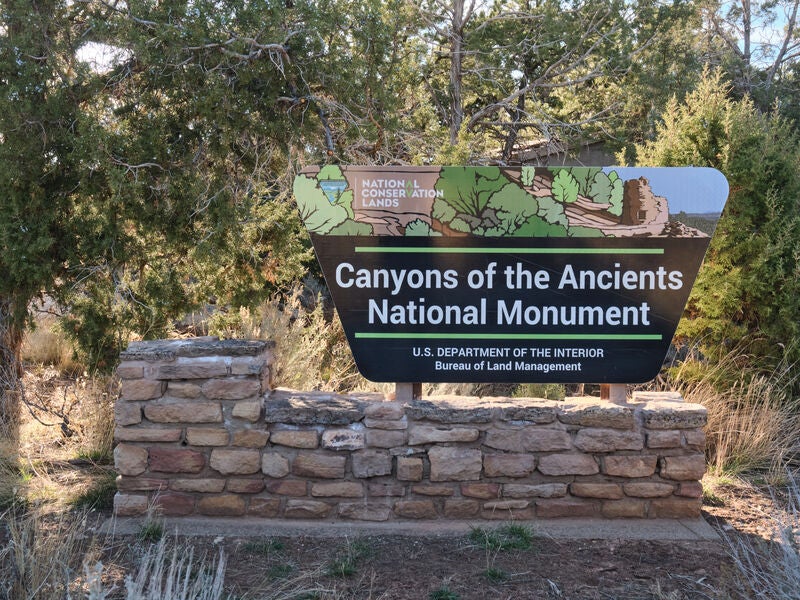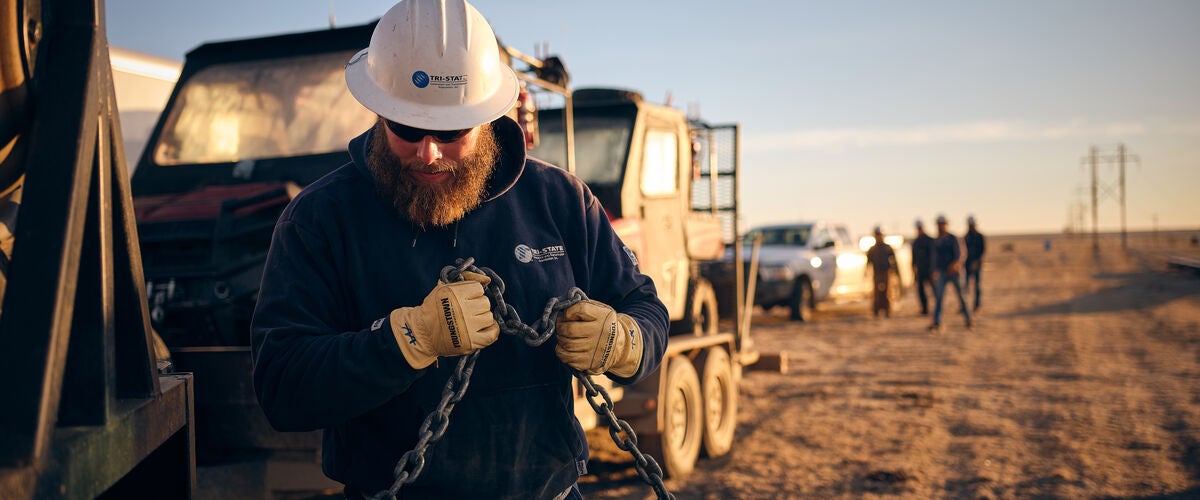
What it takes to power the West
The people behind the power®
It's a big job to deliver reliable power to communities across nearly 200,000 square miles of the West, from the high plains to the desert southwest, and from the black hills of Wyoming to the peaks of Colorado.
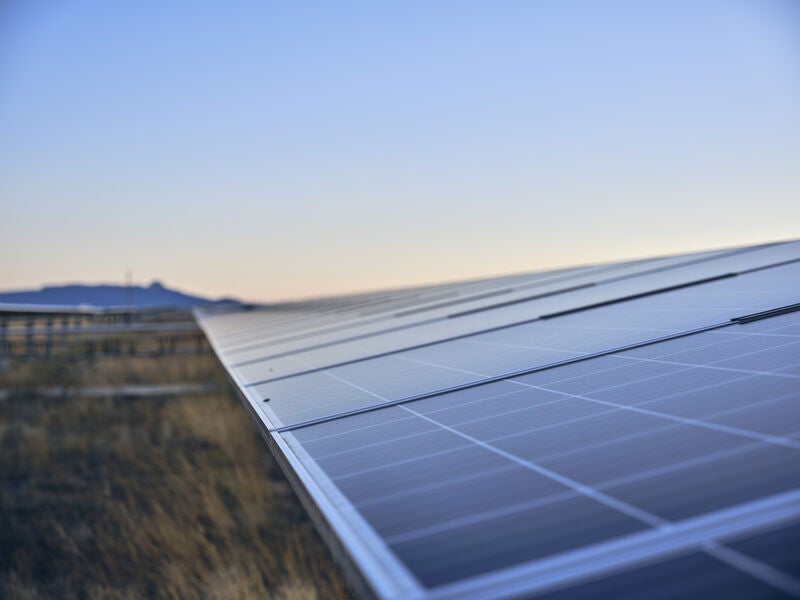
Making electricity
Our members benefit from a diverse mix of energy resources, including low-cost, emissions-free renewable energy, and a reliable fleet of coal and natural gas power plants. We have 20+ generation facilities in our portfolio with more on the way. Members also have the option to self-supply a portion of their power needs so they can better meet the goals of the communities they serve.
Moving electricity
High-voltage transmission lines, transport the electricity created at generation sites, like solar farms or natural gas plants, to substations that lower the voltage so it can be used by homes or businesses. Our Transmission Department is made up of substation technicians, telecommunications and lineworkers who work tirelessly to maintain our system.
1,250 MW
We're adding 1,250 megawatts of renewables and battery storage to meet system needs and emissions goals.
24/7/365
We staff two real-time power trading desks to buy, sell and monitor power supply and demand for Tri-State 24/7, 365 days a year.
200
Tri-State has 200 transmission maintenance employees dedicated to infrastructure spanning nearly 200,000 square miles of service territory
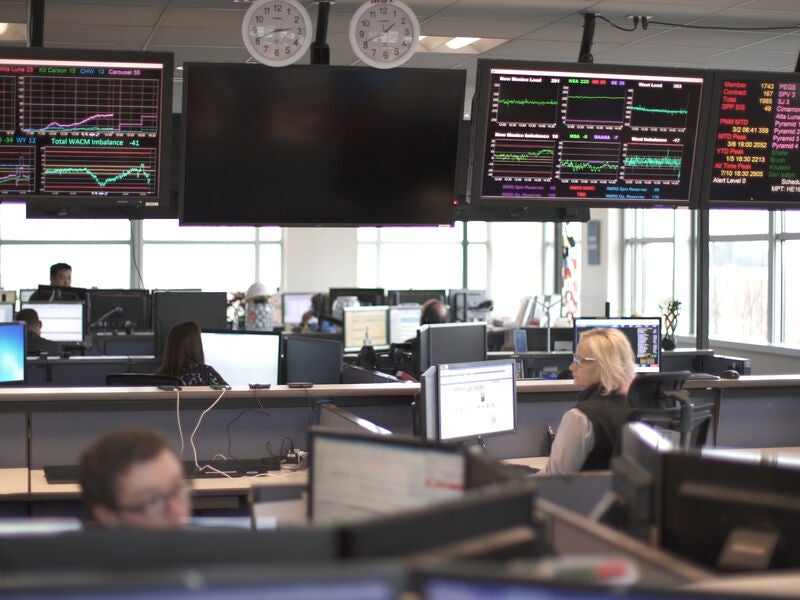
Managing energy
Energy Markets operates all day, every day to secure a reliable, affordable supply of electricity for Tri-State’s members. At the wholesale level, we are constantly balancing power supply and demand by managing our own resources, like natural gas or solar farms, as well as buying and selling electricity in real-time or day-ahead trading markets. Not only do we supply power, but our Energy Markets Department also makes sure that power is cost-effective.
Environmental compliance
Tri-State's long-standing environmental stewardship and resource management are rooted in the strong conservation ethic of our members and the rural communities they serve. This commitment begins with outstanding compliance, and we go above and beyond to voluntarily support conservation initiatives, and fulfill ambitious plans to reduce greenhouse gas emissions.
Operations resources
Each year, Tri-State develops a 10-year transmission plan that assesses future transmission needs for Tri-State’s member electric cooperatives. The transmission component of this plan is developed in conjunction with West Connect and the Colorado Coordinated Planning Group (CCPG), formal regional transmission planning organizations recognized by the Western Electricity Coordinating Council (WECC).
As part of the Colorado Public Utilities Commission (COPUC), Rule 3627, Tri-State files its 10-year transmission plan with the COPUC on a biennial basis each February 1.
For more information, to send us your questions or comments regarding our transmission plans, or to be added to the stakeholder outreach list for future transmission planning meetings, please email TransmissionPlanning@tristategt.org.
To request Network Model Data, complete this form. If you have any questions, please contact Interconnections@tristategt.org.
Tri-State continues to invest in transmission infrastructure to ensure dependable power delivery to its 41 member cooperatives throughout its four-state service territory. The West’s vast power supply network is currently strained – improvements and expansion to the system are essential to enhancing regional power reliability.
Additional transmission facilities open the door to diverse energy resources that include renewable energy. The investments in additional lines support renewable energy projects by alleviating transmission constraints to make projects economically viable. Expanding Tri-State's transmission network facilitates the G&T's ongoing pursuit of additional renewable resources.
If you are an Interested Party* who would like to request access to supporting documentation, please complete this form. Once you have a login, access supporting documentation here.
To access Tri-State’s OATT filings and protocols, please click here. If you have any questions, please contact Tri-State Transmission Rates.
*An “Interested Party,” as defined in Tri-State’s OATT rate protocols includes, but is not limited to, customers under the Tri-State Tariff, state utility regulatory commissions, and state attorneys general.
View the authorized traders, schedulers and other wholesale market personnel at Tri-State Generation and Transmission Association.
Contact us EnterpriseRisk@tristategt.org
The Northern Colorado Joint Communications Project (NCJCP) consists of three entities: Tri-State G&T, Western Area Power Administration and Xcel Energy. It was formed to provide a low-cost replacement for aging analog communications systems that were wholly owned by each entity.
Access for Tri-State G&T, Western Area Power Administration and Xcel Energy use. The NCJCP area is password protected.
On April 17, 2015, the EPA published the Hazardous and Solid Waste Management System; Disposal of Coal Combustion Residuals from Electric Utilities: Final Rule in the Federal Register. The CCR Rule regulates the disposal of CCR in surface impoundments and landfills as a solid waste under the Resource Conservation and Recovery Act (RCRA). As required by 40 CFR 257.107, Tri-State maintains data and information to demonstrate compliance with the CCR Rule on its publicly accessible internet site. Those reports are available at each site through the Coal Combustion Residuals link provided below.
On June 10, 2014, the United States Environmental Protection Agency issued a final risk-based approval to members of the Utility Solid Waste Activities Group, including Tri-State, to dispose of non-liquid PCB remediation waste generated at secure utility assets with as-found PCB concentrations <50 parts per million in non-TSCA approved landfill facilities, including municipal solid waste landfills.

